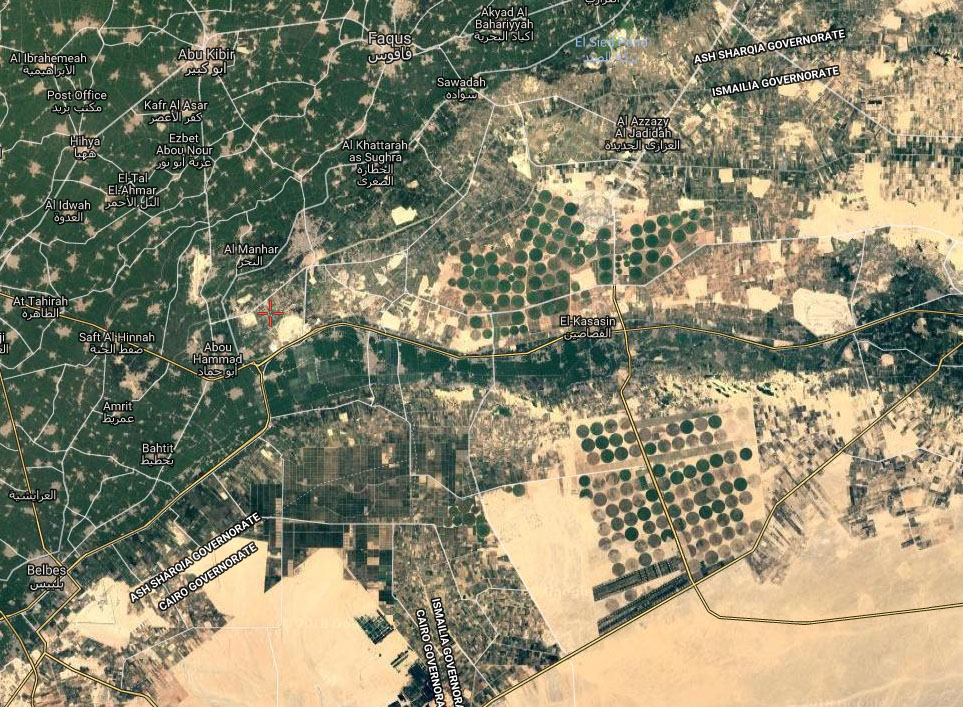The Torah states that Sukkot was the next stop for Israelites after leaving Egypt (Exod 13:20; Num 33:6-7). Some scholars point to the similarity between the modern Arabic name Tell el-Maskhuta and the biblical name. The only problem is that Tell el-Maskhuta is east of Tell el-Retabah (Pithom).
From the exodus itinerary, it is clear that the biblical author pictured Sukkot as west of Pithom. The name should therefore not be understood as the name of a city. But like Goshen, the name was probably a regional designation, describing the area between Piramesses and Pithom.
This suggestion is consistent with the use of Tjeku in Papyrus Anastasis VI (54-56): “We have finished letting the Shasu tribes of Edom pass the Fortress of the House of Merneptah, l.p.h., which is in Tjeku, to the pools of Pithom of Merneptah, which are in the Tjeku, in order to sustain them and sustain their flocks by the pleasure of Pharaoh, l.p.h.”
According to this papyrus, the Shasu traveled from the Fortress of Merneptah to Pithom, both of which were in Tjeku. This would likely place the Israelite encampment of Sukkot near the entrance to the wadi, possibly near the modern town of Abou Hammad.
The Hebrew name Sukkot is related to the term that means “booths.” As such, Sukkot may have only been the location of a temporary camp site. In other words, a way station with limited water and resources.
